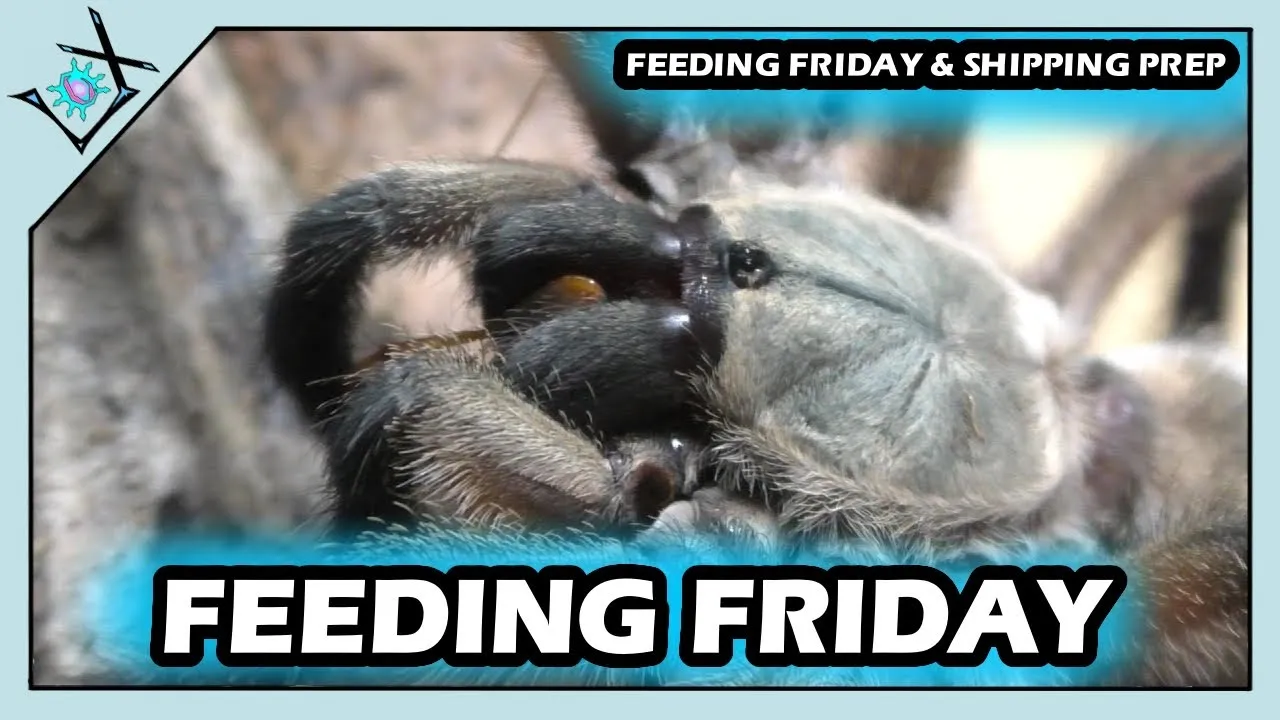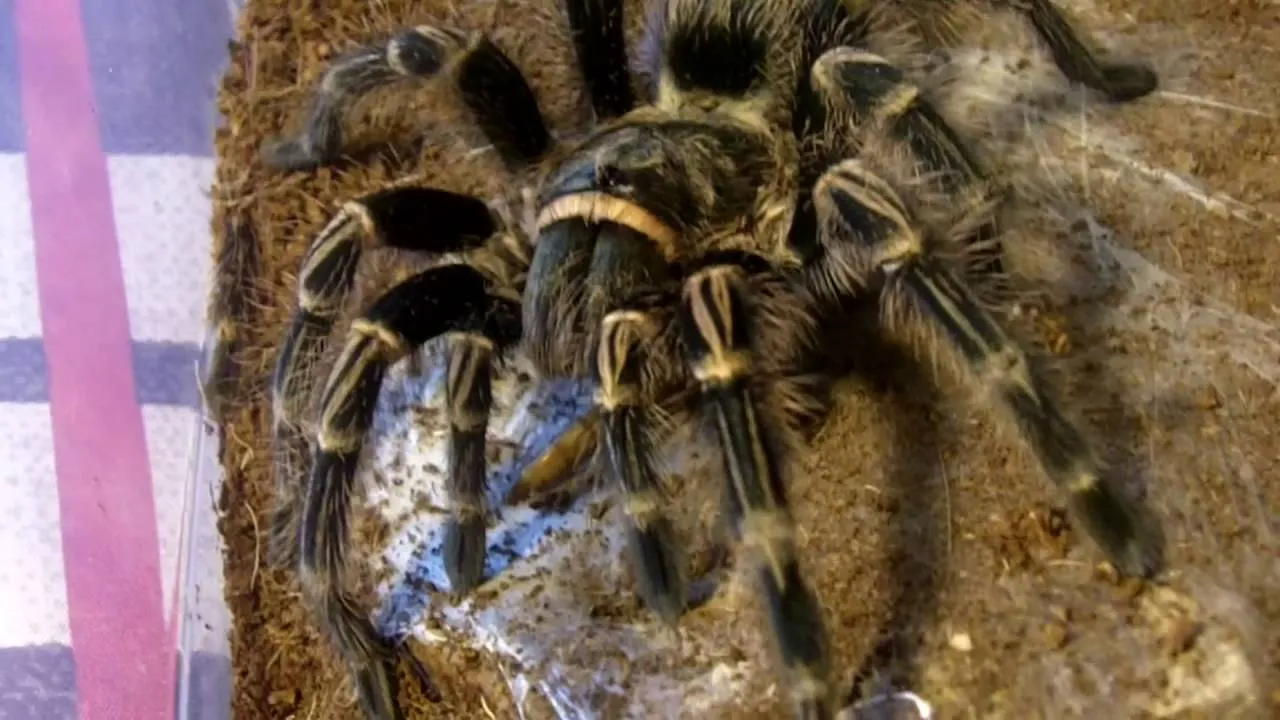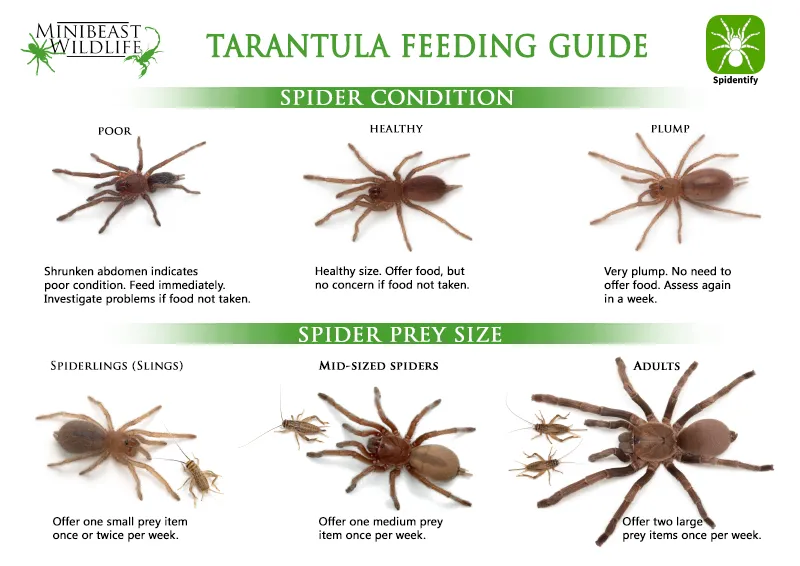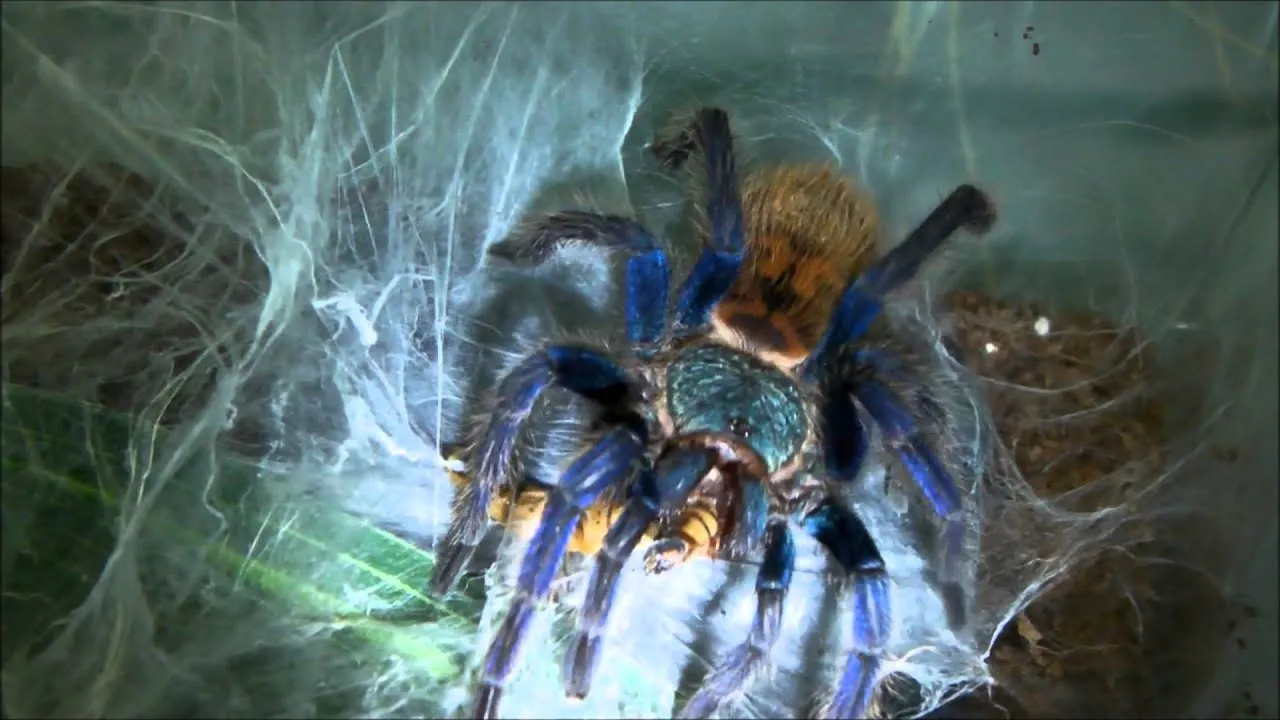Why Watch a Tarantula Feeding Video?
Tarantula feeding videos offer a fascinating glimpse into the lives of these often-misunderstood creatures. For enthusiasts and curious onlookers alike, these videos provide an opportunity to observe natural behaviors, learn about their feeding habits, and appreciate the intricate processes involved in their survival. Watching a tarantula feeding video can be both educational and entertaining, dispelling common myths and misconceptions about these amazing arachnids. They allow us to witness the raw beauty of the natural world, showcasing the predator-prey dynamic in a captivating format. Furthermore, these videos can also serve as a valuable educational tool, helping people understand the importance of tarantulas in the ecosystem.
Understanding Tarantula Feeding Behaviors
Tarantulas are opportunistic predators, meaning they will eat whatever they can catch. Their feeding behaviors are instinctive and driven by the need to survive. They use their fangs to inject venom, which paralyzes the prey and begins the digestive process. Once the prey is subdued, the tarantula uses its chelicerae to grind and crush the food, effectively turning it into a liquid. They then suck up the nutrient-rich juices, leaving behind the exoskeleton. The feeding behavior is a complex dance of sensory perception, precise movements, and the use of specialized body parts, making it a captivating spectacle for anyone observing.
What Do Tarantulas Eat in the Wild?

In their natural habitats, tarantulas are primarily insectivores. Their diet consists mainly of insects, such as crickets, grasshoppers, beetles, and other arthropods. They will also eat small vertebrates, including lizards, small snakes, and even small birds, depending on the size and species of the tarantula. The diet of a tarantula can vary depending on its geographical location and the availability of prey. Understanding their natural diet is crucial for providing them with the appropriate nutrition in captivity, ensuring their health and longevity.
How Do Tarantulas Catch Their Prey?
Tarantulas employ various hunting strategies depending on their species and the environment. Some are ambush predators, waiting patiently in their burrows or webs for unsuspecting prey to wander by. Others actively hunt, stalking their prey before launching a swift attack. They rely on a combination of senses to detect potential meals, including vibrations in the ground, movement, and chemical cues. Once within striking distance, they quickly pounce, using their powerful fangs to inject venom and subdue their prey. This complex hunting process showcases their remarkable adaptations and predatory skills.
The Role of Fangs and Venom
Fangs and venom are essential tools for tarantulas’ survival. The fangs, or chelicerae, are used to pierce the exoskeleton of the prey and inject venom. The venom contains a mixture of toxins that paralyze the prey, preventing it from escaping. The venom also begins the process of external digestion, breaking down the internal tissues of the prey into a liquid that the tarantula can easily consume. Without these specialized tools, tarantulas would struggle to capture and consume their meals, highlighting their importance in the intricate feeding process. The size of the fangs can vary greatly between different species of tarantulas, reflecting their diverse diets and hunting strategies.
Factors Influencing Feeding Frequency

The frequency with which a tarantula eats is affected by several factors. These include its age and size, the species, and the environmental conditions in its enclosure. Younger tarantulas tend to eat more frequently than adults, as they are growing and require more nutrients. Larger tarantulas can go longer periods without feeding, while some species may have different metabolic rates that affect their feeding habits. Environmental conditions such as temperature and humidity also play a role, with higher temperatures often leading to an increased appetite. It’s crucial to observe these factors to maintain a healthy feeding schedule.
Age and Size
Younger, smaller tarantulas need to eat more frequently as they are in a constant state of growth. They require more energy and nutrients to develop their exoskeletons and bodies. As tarantulas mature and reach their adult size, their metabolism slows down, and their feeding frequency decreases. Larger tarantulas can survive for extended periods without food, relying on stored energy reserves. This is a natural part of their life cycle, and feeding schedules should be adjusted accordingly.
Species
Different tarantula species have varying metabolisms and feeding habits. Some species are known to be voracious eaters, while others are more reserved. Researching the specific needs of your tarantula species is essential. Some species might prefer to eat more often and take smaller meals, while others might eat less frequently but consume larger prey items. These dietary differences are often adaptations to their natural environments and the availability of food sources in those habitats.
Environmental Conditions

Temperature and humidity can significantly impact a tarantula’s appetite. Higher temperatures can accelerate their metabolism, leading to an increased need for food. Conversely, lower temperatures can slow down their metabolism, reducing their appetite. Adequate humidity levels are also crucial for maintaining the tarantula’s health and ensuring it can properly molt. Keeping the enclosure at the correct temperature and humidity levels can help encourage a healthy feeding response.
Top 5 Facts About Tarantula Feeding Video
Fact 1 The Feeding Response
The feeding response is a fascinating behavior to observe. When a tarantula detects prey, it undergoes a series of actions, including orienting itself towards the food, raising its front legs, and preparing to strike. The speed and precision with which a tarantula captures its prey is truly remarkable. This instinctive response is a critical part of their survival, ensuring they can obtain the necessary nutrients to live.
Fact 2 Prey Selection

Tarantulas are not picky eaters; they will eat a variety of insects. However, the size of the prey should match the size of the tarantula. Feeding them prey that is too large can be dangerous, potentially injuring the spider, while prey that is too small may not provide sufficient nutrition. Providing a varied diet can also help to keep the tarantula engaged and ensure it receives a balanced range of nutrients.
Fact 3 The Digestion Process
Tarantulas do not have teeth for chewing their food. Instead, they inject digestive enzymes into their prey using their fangs. These enzymes break down the prey’s internal organs into a liquid, which the tarantula then sucks up. The exoskeleton and any indigestible parts are discarded. This external digestion process is unique and efficient, allowing tarantulas to extract maximum nutrients from their meals.
Fact 4 Post-Feeding Behavior
After feeding, tarantulas often retreat to their burrows or secluded areas to digest their meal. They might appear sluggish or inactive as their body processes the food. The tarantula might also groom itself, cleaning its fangs and legs. This post-feeding behavior is a period of rest and digestion, which is vital for the tarantula’s health and wellbeing.
Fact 5 Feeding Video as Educational Tool

Tarantula feeding videos can be incredibly educational. They offer a unique way to learn about tarantulas’ natural behaviors, the predator-prey relationship, and the different adaptations that help these spiders survive. These videos can be used in classrooms, online courses, and even at home to teach people about these fascinating creatures. They help dispel common misconceptions and cultivate respect for wildlife.
Capturing a Great Tarantula Feeding Video
Equipment Needed
To capture a high-quality tarantula feeding video, you will need some basic equipment. This includes a camera, a tripod, and proper lighting. A camera with good macro capabilities is ideal for capturing the intricate details of the feeding process. A tripod will help you keep the camera stable, and good lighting ensures the video is bright and clear. Consider also using a suitable enclosure for filming and a background that complements the video.
Camera and Setup

Position your camera to get a clear view of the tarantula’s enclosure. Ensure the camera is focused on the area where the feeding will take place. Adjust the camera settings to achieve optimal image quality. Experiment with different angles and perspectives to capture the feeding from various viewpoints. A steady camera and a well-thought-out setup will make the video more professional and engaging for viewers.
Lighting and Background
Good lighting is essential for a high-quality video. Use a soft, diffused light source to avoid harsh shadows and ensure the tarantula is well-lit. A plain background will help keep the focus on the tarantula and its prey. Avoid busy backgrounds that can distract the viewers. Proper lighting and background enhance the visual appeal of the video, making it more enjoyable and easier to understand.
Tips for Effective Filming
Be patient and wait for the tarantula to be ready to feed. Avoid sudden movements or loud noises that could startle the spider. Capture the entire feeding process, from the initial strike to the final digestion. Consider using a macro lens for close-up shots of the fangs and venom. Experiment with different angles to make the video more dynamic and visually appealing. Remember to respect the tarantula’s space and avoid causing any stress during filming.
Editing Your Tarantula Feeding Video
Once you’ve filmed the feeding, you can edit the video to enhance its quality. Trim the video to remove any unnecessary parts. Adjust the color balance and brightness to improve the visual clarity. Add captions, text, and descriptions to provide additional information about the feeding process. You can also add music and sound effects to make the video more engaging for viewers.
Adding Captions and Descriptions
Adding captions and descriptions to your video can significantly enhance its educational value. Use captions to highlight important actions and provide context. Include descriptions that explain the tarantula’s behavior and any special features of the prey. These additions will make the video more informative and understandable, helping viewers learn more about tarantulas and their feeding habits.
Sharing Your Tarantula Feeding Video
After editing, it’s time to share your video with the world. Upload your video to popular platforms such as YouTube, Vimeo, and social media. Optimize the video title, description, and tags to increase its visibility. Engage with viewers by responding to comments and answering questions. Sharing your video can help raise awareness about tarantulas and promote appreciation for these fascinating creatures.
Conclusion
Tarantula feeding videos offer a fascinating and educational glimpse into the world of these amazing arachnids. From understanding their feeding behaviors and hunting strategies to capturing and sharing your own videos, there is much to learn and appreciate. By watching and creating these videos, you can contribute to a greater understanding and respect for tarantulas and their role in the ecosystem. Embrace the opportunity to learn and share your passion for these amazing creatures.
